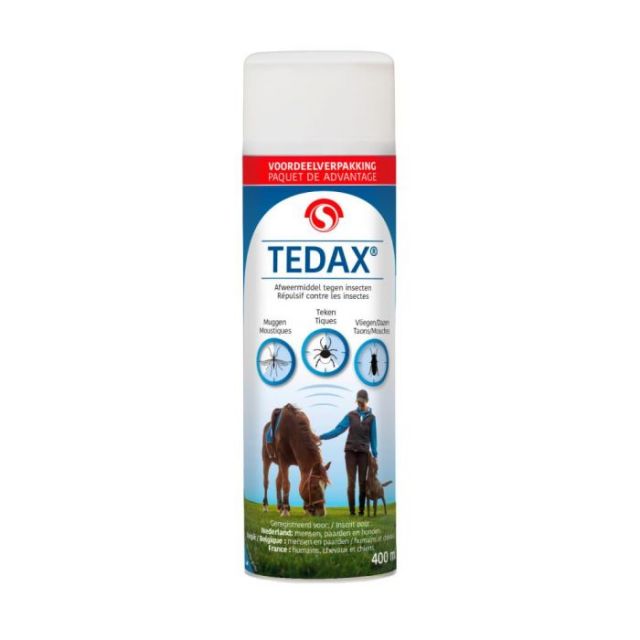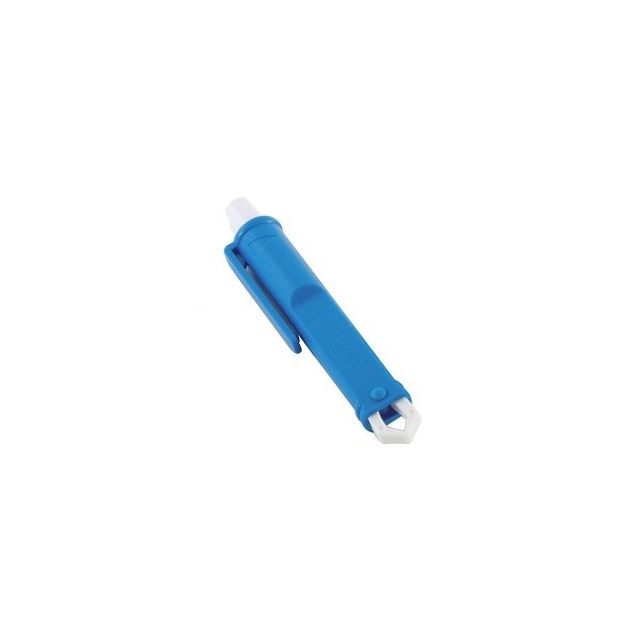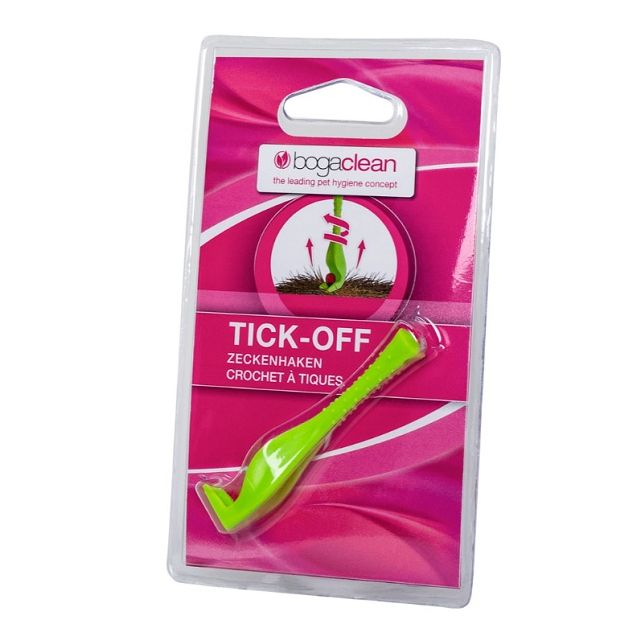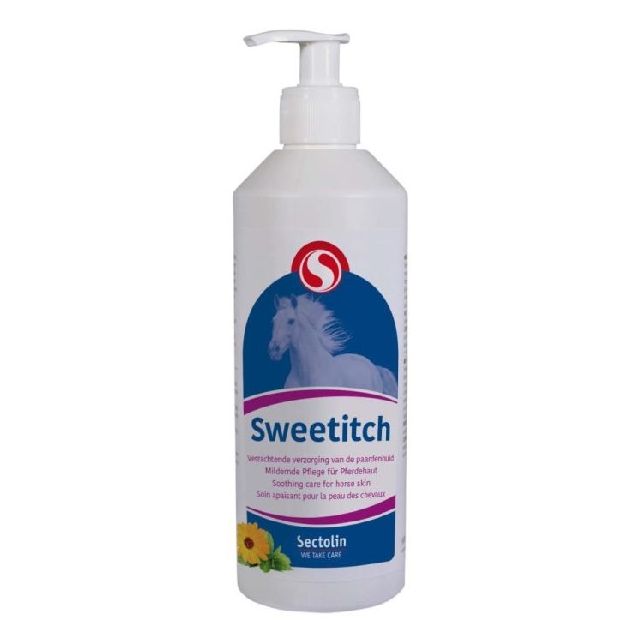Flies, ticks and other insects on horses
As pleasant as spring and summer are, there is one major downside for horse lovers: midges, horseflies, botflies, flies, and ticks. Your horse gets very agitated by them, and so do you, no doubt! Fortunately, the nuisance can be limited by taking various measures. Pharmacy4pets helps you and your horse stay on top of the itching, biting, and stinging little critters!
Nuisance from Insects
The nuisance caused by insects can range from a lot of unrest (leading to accidents and overheating as horses keep running to avoid them) due to annoying buzzing horseflies that prefer to fly around or in your horse's eyes, to severe tail and mane eczema caused by an allergy to culicoides midges, or midges.
The bite of horseflies can be painful and cause significant swelling, and ticks can transmit various diseases. Botflies are not only annoying because of their buzzing, but they lay their eggs in the coat of horses, which are then licked up, and the larvae develop in the lips, nose, or stomach lining.
Horseflies are particularly active in warm, sultry, and calm weather and can be a real plague. Midges cause the most nuisance in the summer months, but under good weather conditions, they can cause problems from March until the end of October. Midges mainly live near water, trees, and bushes and do not like sunlight and wind. They are especially active during sunrise and sunset.
Summer Eczema
Summer eczema, also known as tail and mane eczema (SME) or sweet itch, is caused by an allergy to the saliva of the culicoides midge.
Due to the severe itching, many horses with SME rub incessantly and often to the point of bleeding, resulting in irritated and thickened spots on the skin, especially between the mane and at the tail.
SME can occur in any horse, but Friesians, Fjords, Haflingers, Icelandics, and Shetlanders seem to be more sensitive.
Botfly Eggs
Especially in August, botflies lay eggs in your horse's coat: the small yellow dots that you might see on the lower legs or in the mane of your horse and that are not easily brushed away. The eggs are licked up by the horse and eventually come out with the feces as larvae, where they develop into adult botflies.
The larvae remain in the mucous membrane of the mouth for the first few weeks, then move to the stomach and attach to the stomach wall. Here they stay for several months, to be excreted in the spring. As a result of an infection with botfly larvae, horses can develop inflammations of the mouth, tongue, and stomach, and even stomach ulcers. Because they have less appetite, horses can lose weight. Anemia, diarrhea, and colic can also be a consequence of an infection by an excessive number of botfly larvae.
Measures Against Insects
Since some horses are more troubled by insects than others, and the housing of the horse (stable and/or pasture, location of the pasture) makes a big difference, preventive measures vary for each horse. Unfortunately, no method is 100% effective, despite years of extensive research. Often, a combination of measures works best. Here are the most important measures:
Repellent Sprays
A good fly spray, like Sectolin Tedax insect spray, wards off flies, botflies, and mosquitoes. Horseflies select their prey based on sight, not smell, so a spray is less effective against these annoying insects, though it sometimes seems to help a bit. Spray your horse before going on an outdoor ride or before letting it out into the pasture. A natural fly repellent is garlic, for instance, Sectolin Garlic Powder. Eating this gives your horse a body odor that flying and crawling bugs find unpleasant.
Fly Sheets and Masks
Covering your horse's body effectively protects it against stinging insects. A sheet that offers full protection for the head and neck, or in combination with a fly mask, works best. If horseflies are the main problem, a light-colored fly sheet is advisable; horseflies are attracted to dark colors. There are also sheets that can be worn while riding. A fly fringe provides eye protection for your horse during an outdoor ride.
Other Measures
A horsefly trap (a black ball hanging in the pasture with a trap above it) can reduce the number of horseflies by up to 90%.
If your horse has summer eczema, the most important measure is a good eczema blanket. This blanket covers the body, neck, belly, and base of the tail. It should be put on before the first midges can bite (usually in March) and be worn continuously until the end of the season, usually late October. Stabling your horse during twilight can help. Usual fly sprays are generally ineffective against midges. Through your veterinarian, you can get a spray registered for use in cows, which still has some effect. If skin damage occurs despite preventive measures, Sectolin Sweetitch can provide relief.
To keep your horse's skin with SME in optimal condition, you can give your horse extra omega-3 fatty acids from flaxseed, such as Sectolin Linseed Oil. Biotin also supports the skin barrier, for example in Equistro Kerabol Biotin. You can support your horse's overall resistance with probiotics.
It's important to check your horse daily for ticks and botfly eggs during the summer months. Ticks can be removed with a tick remover. Botfly eggs can be removed with a grooming block or bot knife. They can also be washed off with lukewarm water and vinegar. The best way to combat botflies is through a good deworming schedule.
Although there is unfortunately no definitive solution to the nuisance of flying, stinging, and biting insects, a combination of measures can largely restore peace to your horse. If you have a question about our products or about insects or ticks on horses, please contact us.




